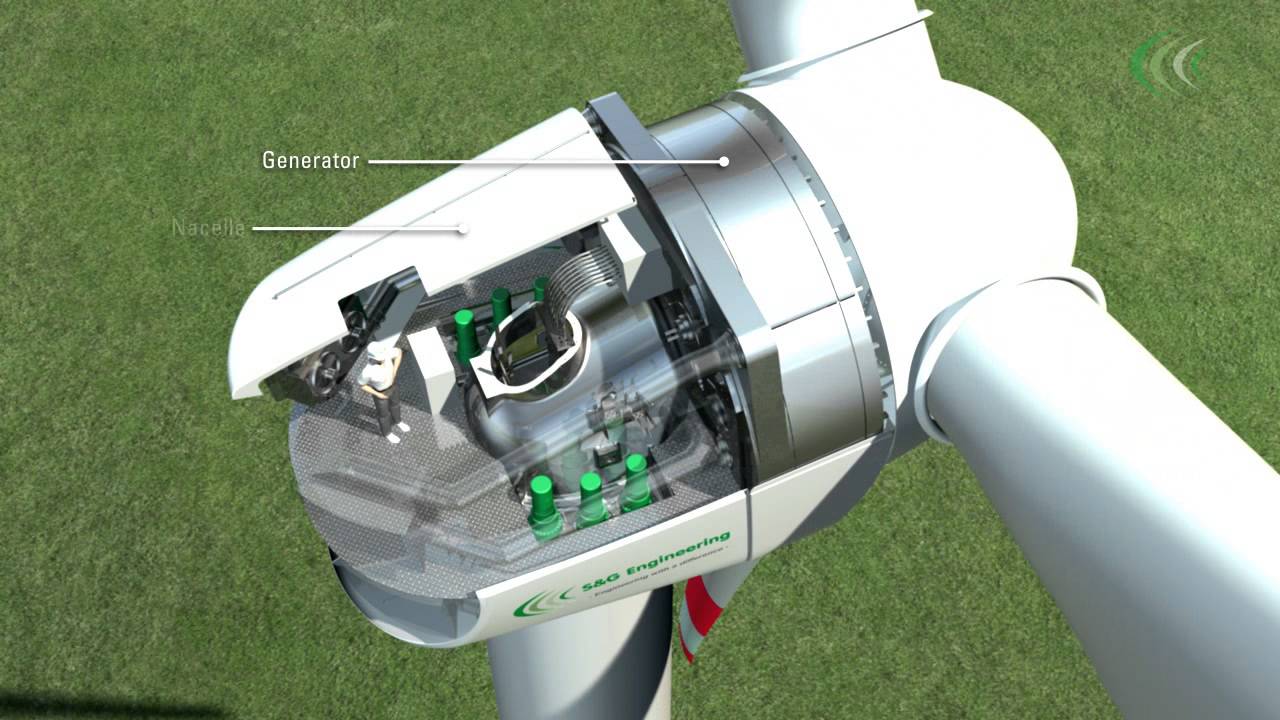
Direct Drive Wind Turbine Market to Reflect Impressive Growth Rate by 2025
One of the cleanest sources of power production is wind. Wind turbines find use in harnessing energy from the wind. The power thus harnesses from the wind is utilized in the production of electricity, which is again used in powering countless devices and equipment. The power of wind is utilized in enabling the rotation of turbine blades, which are attached to a rotor, the rotor is then attached to the main shaft. This main shaft creates electricity by spinning a generator.
The global direct drive wind turbine market gains momentum from it wide use in countries like India and China. Nearly 70% of the total market share is held by handful of countries, namely India, Spain, Germany, the United States, and China. The United States, Germany, and China further hold the major share of the market owing to the rapid addition of new capacities to already existing ones.
The global direct drive wind turbine market is primarily fuelled by the benefits that it offers
- Long-term reliability and availability
High energy yield
- Robust performance in harsh environments
- Quiet operation
Gearbox is regarded as the weakest link in the structure of the modern day wind turbines, thus adoption of gearless wind turbines rises. Gearboxes, in general, last for around 5 years on an average, and then it starts failing mainly owing to misalignment operation of the wind turbines’ life of about 20 years.
The conventional wind turbines are gearbox operated and the blades that rotate the shaft is linked with the generator though a gearbox. The many bearings and wheels in a gearbox suffer massive stress due to wind turbulence. Any defect in the single component could put the entire wind turbine to an end. Thus, the drawbacks of gearbox wind turbine is likely to make way for the growth of the global direct drive wind turbine market in years to come.
Direct drive wind turbines, also known as gearless wind turbines, are wind turbines without a gearbox. The rotor shaft is directly connected to a synchronous or permanent magnet generator for power generation. Direct drive wind turbines usually use either permanent-magnet excited direct drive generator system or electrically excited direct drive synchronous generator system depending upon cost, location, and other constraints. Direct drive wind turbines are better alternatives for offshore applications, as they require less preventive and break down maintenance vis-à-vis geared wind turbines. Furthermore, most direct drive wind turbines are contactless and contain fewer parts. Operation and maintenance is also more expensive for offshore farms as compared to their onshore counterparts. This ultimately increases the overall reliability of turbines and wind farms.
Increase in demand for energy, especially renewable energy, across the globe is one of the major factors driving the direct drive wind turbine market. Direct drive wind turbines are viable alternatives for offshore wind farms due to high reliability and lower maintenance costs. Furthermore, offshore winds farms eliminate several severe problems caused by windmills such as noise pollution and ecosystem damage. The overall weight of direct drive wind turbines is substantially low as compared to that of its geared counterparts. Gearless wind turbines are also noticeably efficient. This further reduces operating costs and increases the energy output. However, the cost of setting up direct drive wind turbines is relatively high due to the substantial usage of rare neodymium magnets, technology costs, and large size of generators. The average energy yield per unit cost of direct drive wind turbines is also low. However, the cost of manufacturing and setting up direct drive wind turbines is anticipated to decline in the near future, led by the rise in demand for these turbines and economies of scale.
Impact Assessment of COVID-19 Outbreak on Direct Drive Wind Turbine Market:https://www.transparencymarketresearch.com/sample/sample.php?flag=covid19&rep_id=39
Based on application, the direct drive wind turbine market can be segmented into onshore direct drive wind turbine and offshore direct drive wind turbine. The offshore application exhibits significant growth opportunities due to the various advantages offered by direct drive wind turbines compared to geared wind turbines. Based on the capacity of turbine, the direct drive wind turbine market can be classified into less than 1 MW, 1 to 4 MW, and 4 MW and above segments. In terms of generator, the market can be segregated into permanent-magnet excited direct drive generator system and electrically excited direct drive synchronous generator system. Both these technologies carry certain advantages; however, electrically excited direct drive synchronous generator systems are relatively expensive.
In terms of geography, the direct drive wind turbine market can be divided into Asia Pacific, Europe, North America, Latin America, and Middle East & Africa. Asia Pacific is a major market for direct drive wind turbines; China is one of the leading countries in terms of installation of direct drive wind turbines. Increase in demand for energy and need for environmental protection are boosting the demand for wind farms across the globe. Europe and North America are also lucrative markets for direct drive wind turbines, as these regions are investing significantly in harnessing renewable energy. Countries such as Germany, Italy, and France have invested in direct drive wind turbines to meet their demand for energy.
Key players operating in the global direct drive wind turbine market are Siemens, General Electric, ENERCON GmbH, Argosy Wind Power Ltd, and Goldwind Science & Technology Co., Ltd.\
For More Information About Market: https://www.transparencymarketresearch.com/casestudies/chemicals-and-materials-case-study

